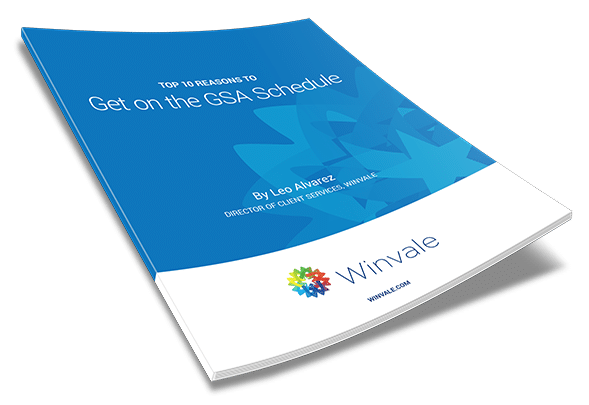Winvale Blog
The latest insights for government contracting success, GSA Schedule assistance, & IT Manufacturer support.

By:
Lucy Hoak
January 20th, 2026
Prospective GSA contractors undergo many levels of evaluation before they are awarded a GSA Schedule contract, with GSA examining everything from financial statements to past performance. However, once you’ve successfully acquired a GSA Schedule contract, the evaluations don’t necessarily stop.

By:
Nicole Tutino
January 7th, 2026
As a new calendar year begins, it’s important to review key events that occurred within the federal contracting world recently to prepare for a successful year for your GSA Multiple Award Schedule (MAS) contract. Forty years ago, the Federal Acquisition Regulation (FAR) was established as a “rulebook” featuring policies and regulations that would guide federal agencies during the procurement of supplies and services, totaling over 2,000 pages of content.

Do you know what the real benefits of being on the GSA Schedule are? Learn the top 10 reasons (and advantages) why you should consider it.

Government Business Development | Government
By:
Stephanie Hagan
December 22nd, 2025
For many defense contractors, especially those looking to be involved in Foreign Military Sales (FMS) and North Atlantic Treaty Organization (NATO) programs, National Stock Numbers (NSNs) are an integral part of successful procurement. NSNs have become one of the most important tools for global defense procurement, and contractors who have limited knowledge of them aren’t doing themselves a favor.

By:
Patrick Morgans
November 24th, 2025
As a current or prospective federal contractor, you are likely already aware that the federal government is the largest volume purchaser of goods and services in the world. However, while the federal government procures large volumes of goods and services, not every purchase they make is itself large. Smaller purchases are often necessary to ensure regular operations, which helps explain why the government created less cumbersome ordering procedures for transactions under certain dollar thresholds.

By:
Stephanie Hagan
November 19th, 2025
Many government contractors are emerging from the recent federal shutdown with stop work orders, reduced contract scopes, and unpaid invoices. With agencies reopening and invoice processing resuming, contractors are now facing a significant payment backlog from their invoices on or before September 30th.

By:
Lucy Hoak
November 12th, 2025
You may have heard the term “best value” used in reference to government contracting, especially in the context of government buyers looking for best value products or services. But what exactly does best value mean, and why is it important for government contractors to understand? In this blog, we’ll explore what best value is, what government contractors should know about it, its relevance to the Multiple Award Schedule Program, and more.
Copyright Winvale | All Rights Reserved